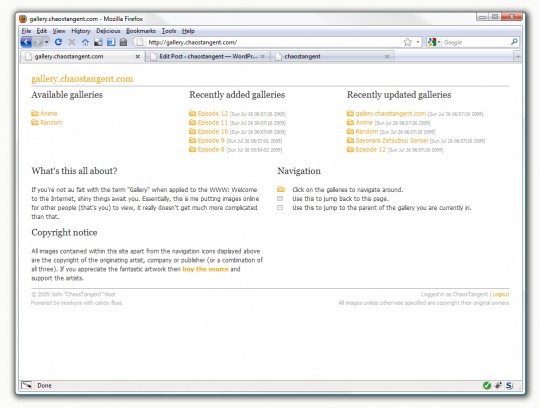Evangelion 2.0
Evangelion occupies a very special place in my heart: I watched the series on VHS in 1997 when I was fourteen and - without hyperbole - it was a life changing experience. A series that was smart and brutally obtuse and flitted from Jungian psychology to religious dogma was revelatory for me at the time and it questioned a lot of what I had not yet fully formed questions about; so as well as being gob-smackingly awesome, it changed who I was and consequently who I am. For those reasons I am utterly fanatical about the franchise and concept. Like a delusional lover I put up with a lot of the nonsense that GAINAX throws: I own the original series on twelve VHS tapes which I upgraded to DVD when they were first released, then upgraded them to the Platinum DVDs; I did manage to stay away from the deluge of tat that has been continuously released but it's fair to say my own lot of Evangelion merchandise is not insignificant. In what is a truly savvy move, just as patience for the constant re-releases was beginning to wane news came of the Rebuild project.

